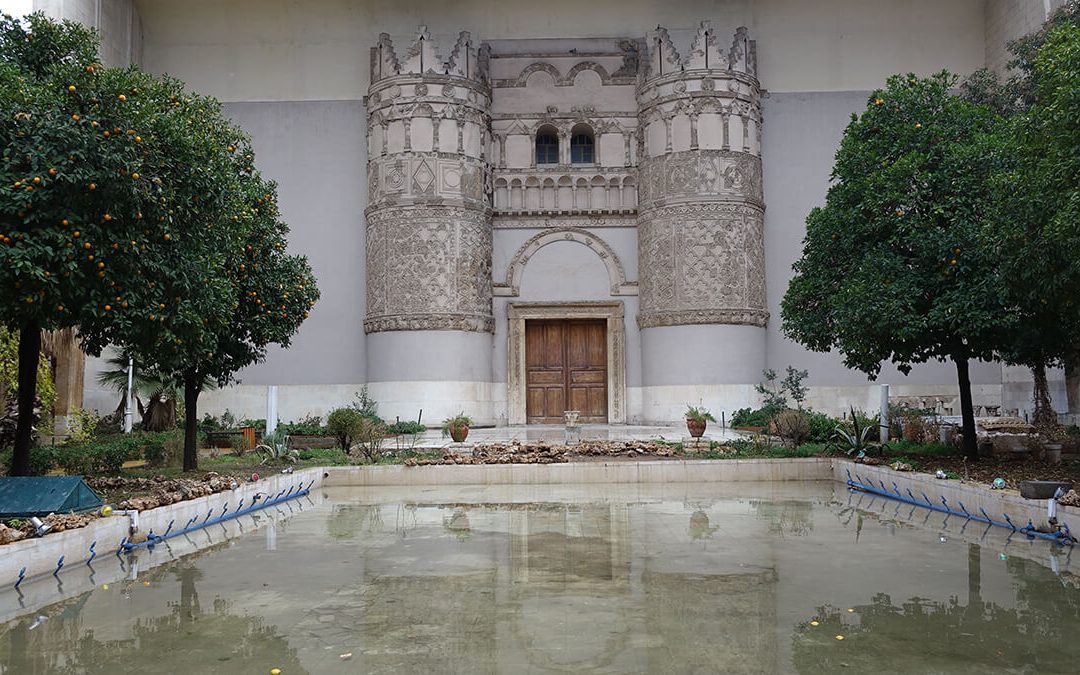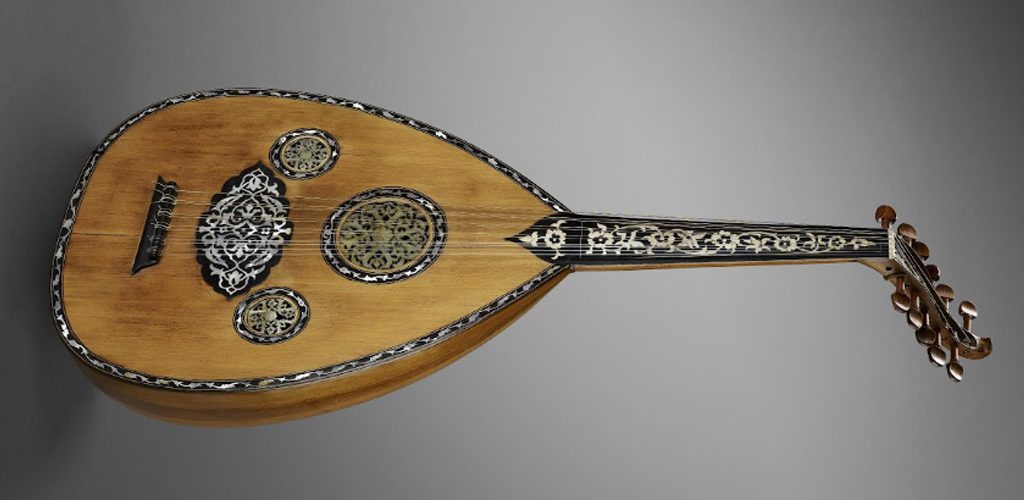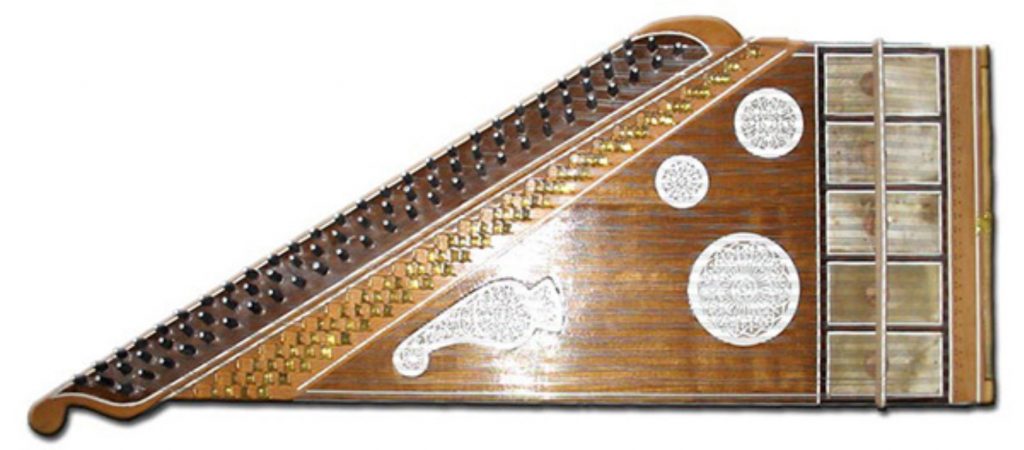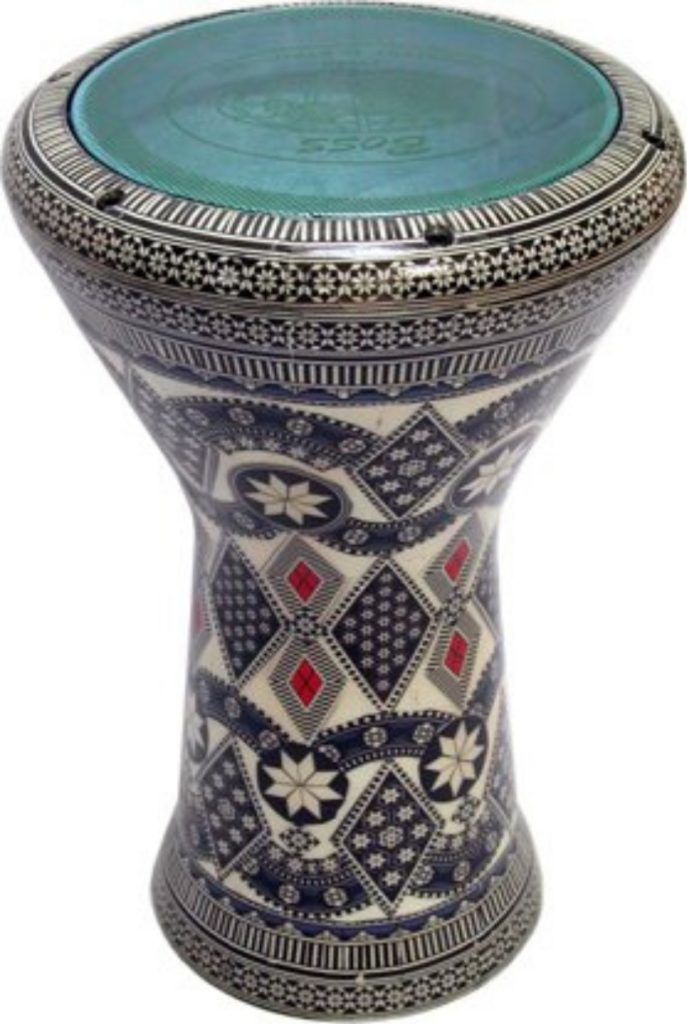Welcome to Min-On’s Music Journey! This year marks the 70-year anniversary of the establishment of diplomatic relations between Japan and Syria. However, cultural and economic exchange between the two nations can be traced back thousands of years through the Silk Road.
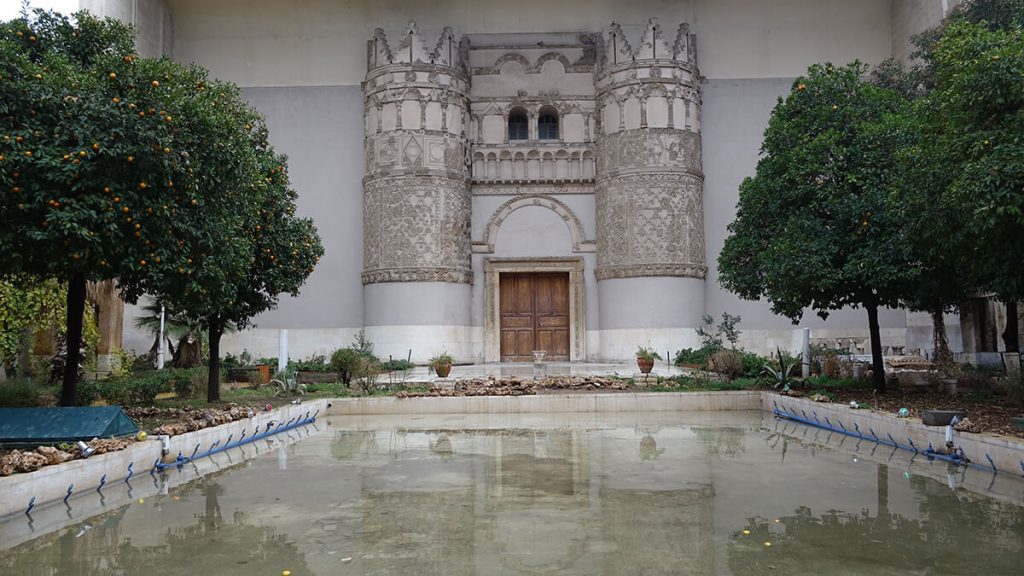
Today, the Min-On Concert Association and the Embassy of the Syrian Arab Republic in Japan welcome you to this journey to explore rich Syrian culture, including many examples of cultural exchange between Japan and Syria.
| Travel guide for Syria: ・Learn the history of the oldest inhabited capital in the world, Damascus ・Discover the six World Heritage Sites in Syria ・Explore famous and traditional handmade manufacturers with thousands of years of history ・Taste the rich cuisine of a country blessed with abundant sunshine and compelling nature ・Acquire knowledge about the Syrian people, and their culture and traditions ・Experience the sound of the oud, an instrument crafted using marquetry techniques |
Syria belongs to the Asian continent, like Japan. The country is located in the Middle East, facing the Mediterranean Sea. The climate and geography of Syria varies from semi-desert areas across the country, to rich agricultural land through the blessings of the Euphrates River in the east and north. Beautiful virgin forests stretch along the Syrian cost to the west. As a result, the weather can vary greatly, from hot and dry in summer to cold in winter in the inland areas, and mild weather is also found along the coastal areas. The best time to visit Syria and enjoy sunny days with mild, lovely weather is during spring (March–June) and autumn (September–November).
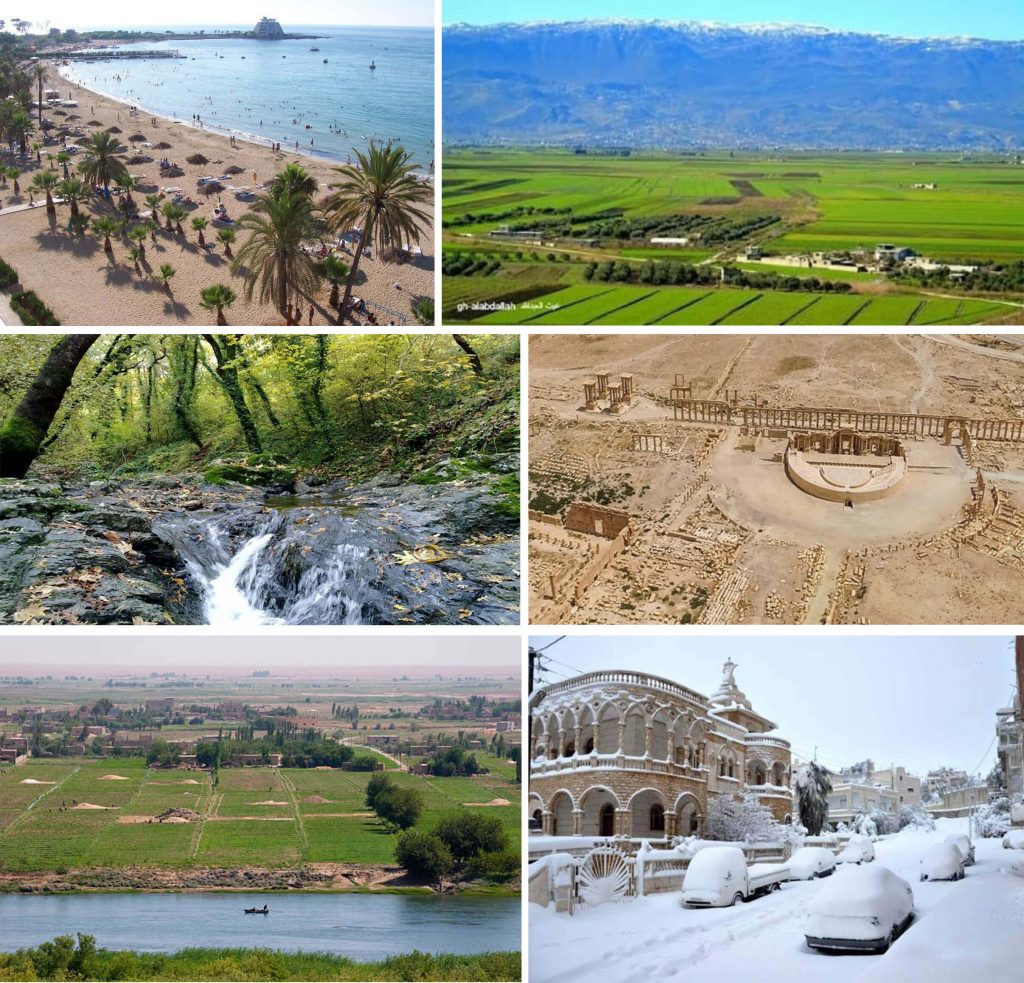
| Music Journey Editorial Team Choice Artist: Sabah Fakhri
Let’s start off our journey today with music by Sabah Fakhri, a famous singer from Syria considered one of the most prominent singers in the Arab World. His legacy is the result of many factors. In short, he took upon himself the responsibility to promote and revitalize the Muwashshah (Arabic music and songs established by Arabs in Andalusia dating to the 9th century) and preserve classic Arabic music such as Maqam. Sabah Fakhri was registered in the Guinness Book of Records for his prowess in Caracas, Venezuela, where he sang continuously for 10 hours without pause. Sabah Fakhri, who has sung for over 70 years, was decorated by the President of Syria Bashar Al-Assad with the Order of Merit of the Syrian Arab Republic, Excellent Class, in recognition of his achievements. Today, we’d like to feature part one of a musical evening presented by Sabah Fakhri. The first four minutes of the video below feature the qanun being played, before Sabah Fakhri starts his song. Please enjoy! |
The ancient capital of Damascus, a World Heritage Site
Syria’s ancient capital of Damascus has been called the «Pearl of the Orient» since antiquity. Historians believe that people have lived here since roughly 8000 BC, making it the oldest continuously inhabited capital in the world.
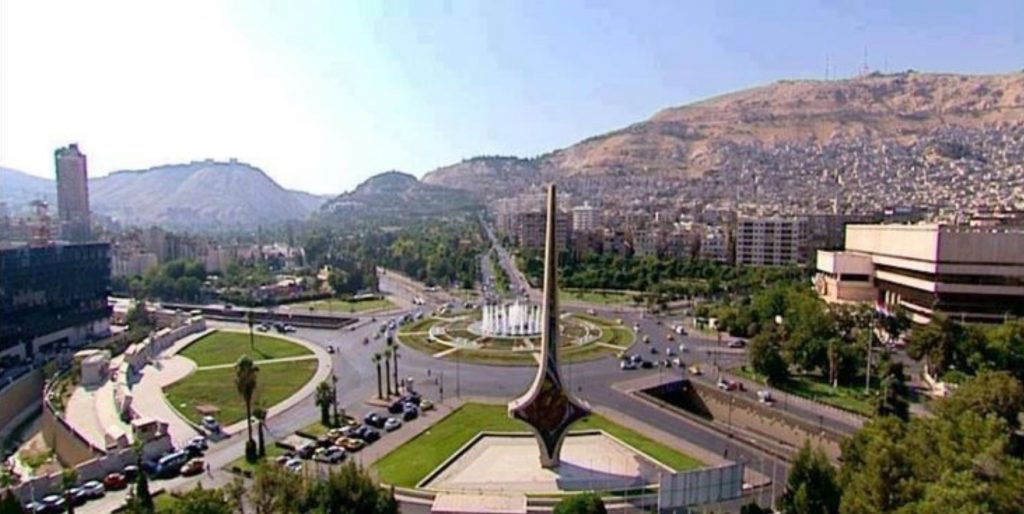
In roughly 3000 BC, the city flourished as a crucial link between Mesopotamia and the Mediterranean Sea. It became the center of Hellenistic and Roman civilization by about the 1st century BC. Then, in the 7th century AD, it became the capital of the Umayyad Caliphate, which spread from central Asia in the east to France in the west, and developed to represent the highest standard of global civilization at that time. Remnants of the civilization that inhabited the city still remain in the historic district of Damascus.
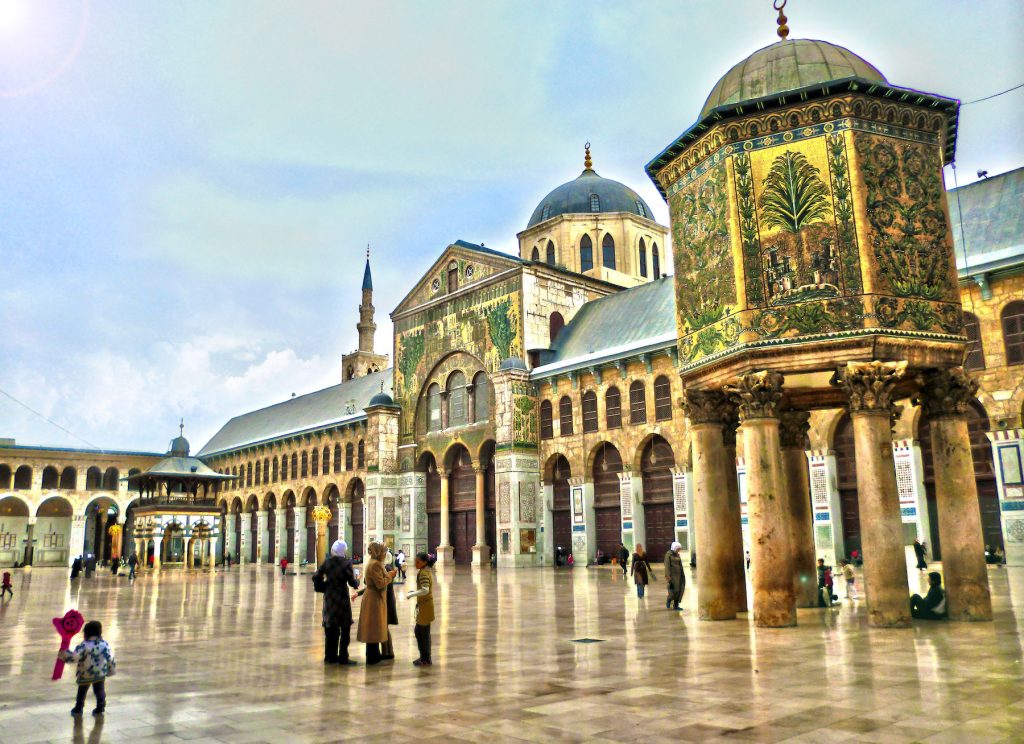
One of the most famous structures representing the history of Damascus is the Umayyad Mosque, which is one of the four holiest sites of Islam.
World Heritage Sites in Syria
Syria is considered to be the cradle of civilization as it gave birth to many crucial discoveries – from the emergence of arable farming and cattle breeding, to the invention of wheeled vehicles and the modern alphabetic writing system, which critically facilitated the recording and dissemination of information. United Nations Education, Culture and Science (UNESCO) has so far registered six locations in Syria as World Heritage Sites, as below.
- Ancient City of Damascus (1979)
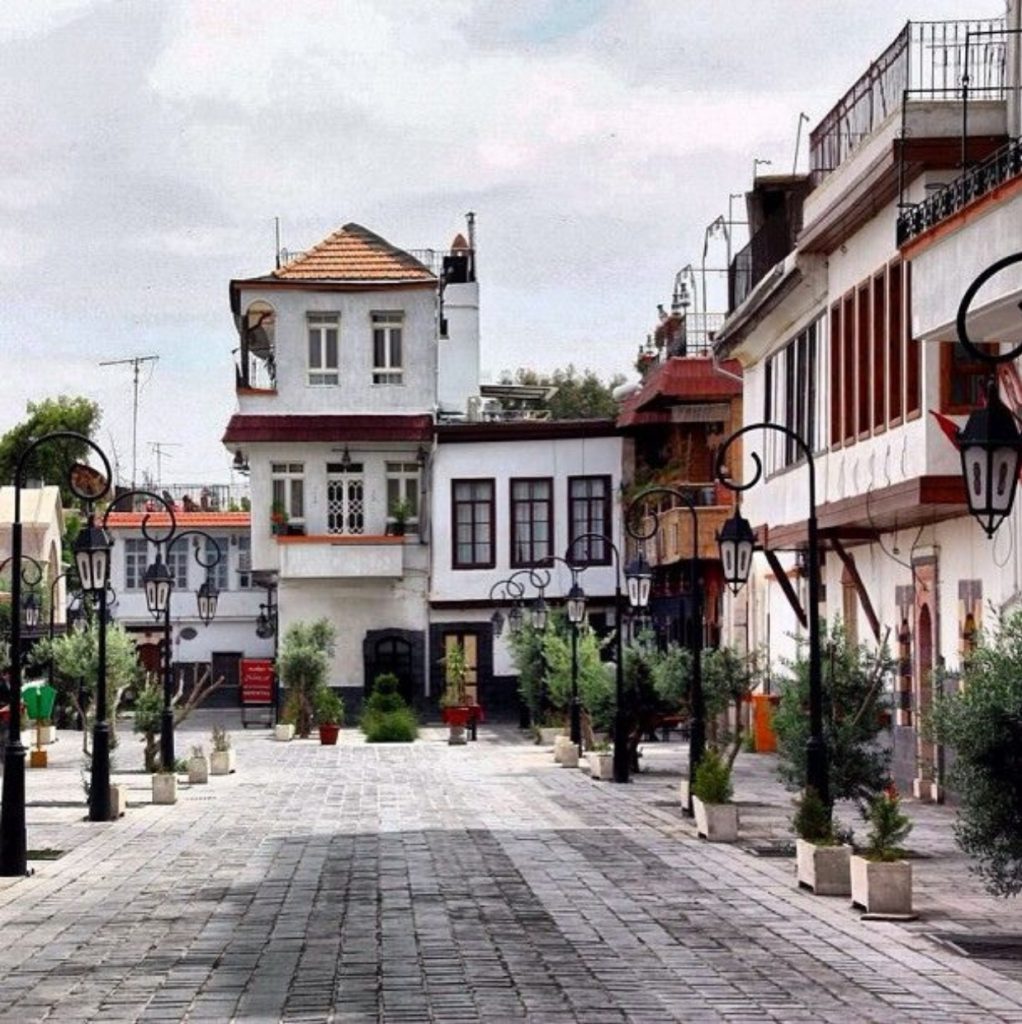
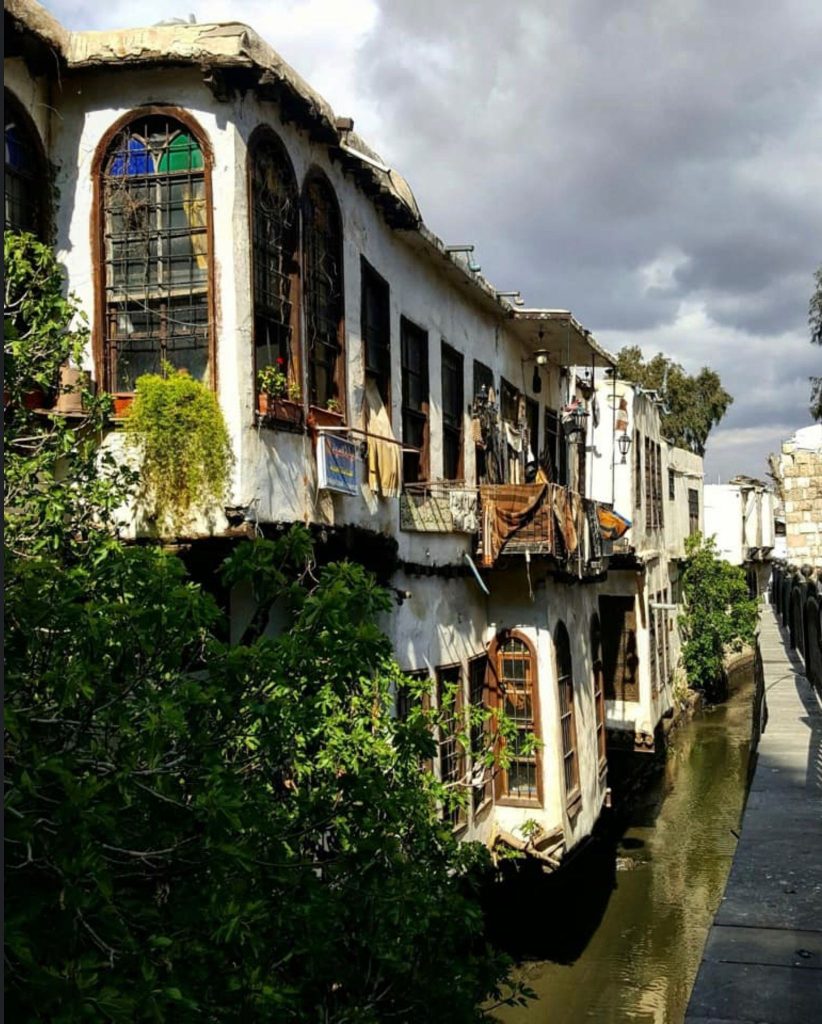
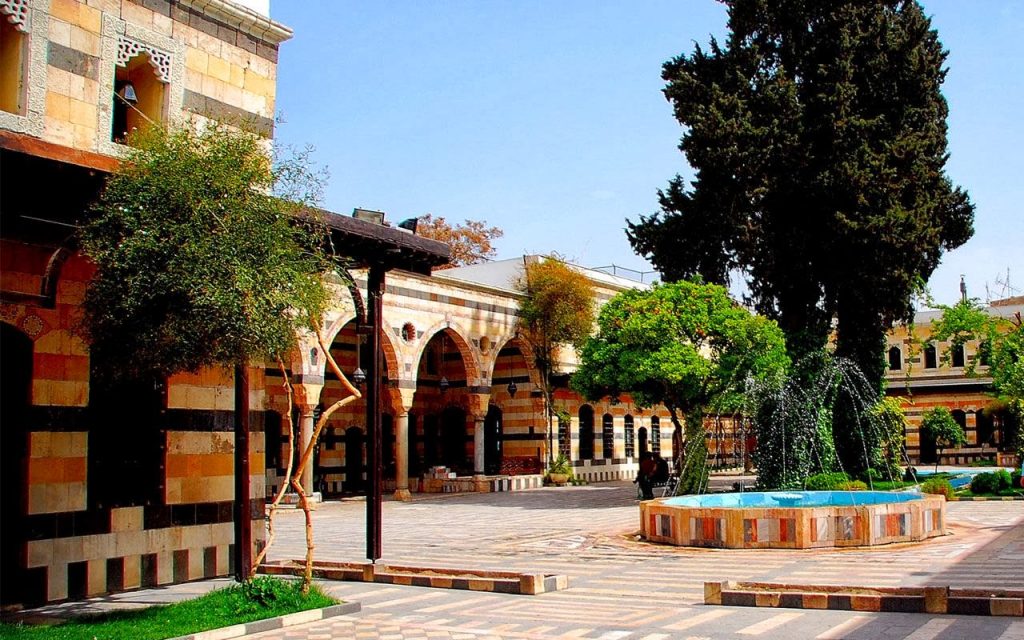
- Ancient City of Bosra (1980)
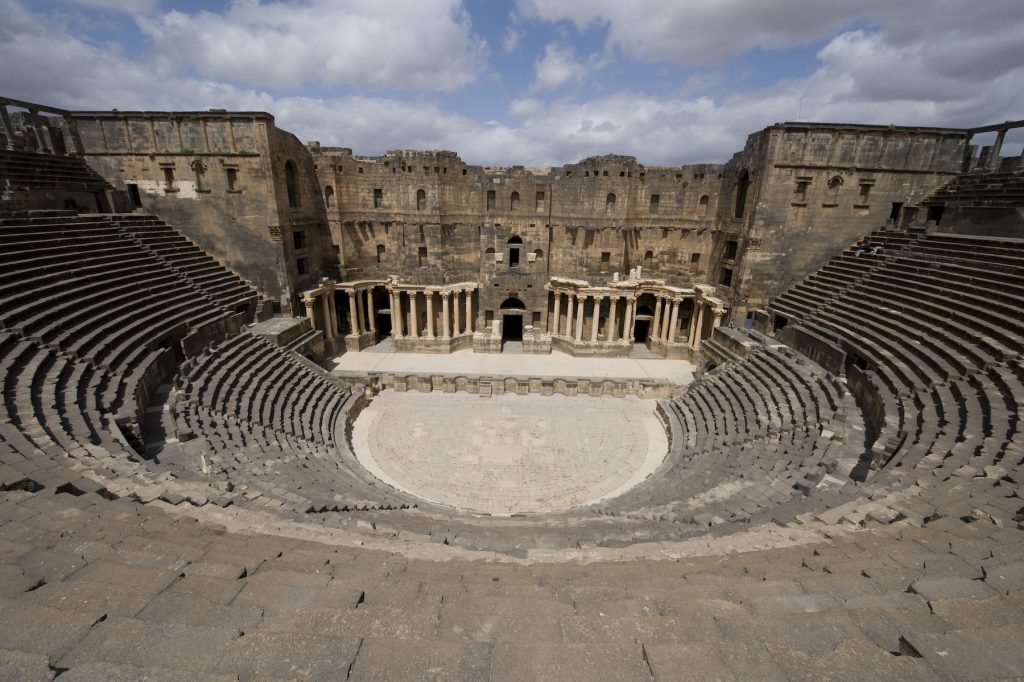
- Site of Palmyra (1980)
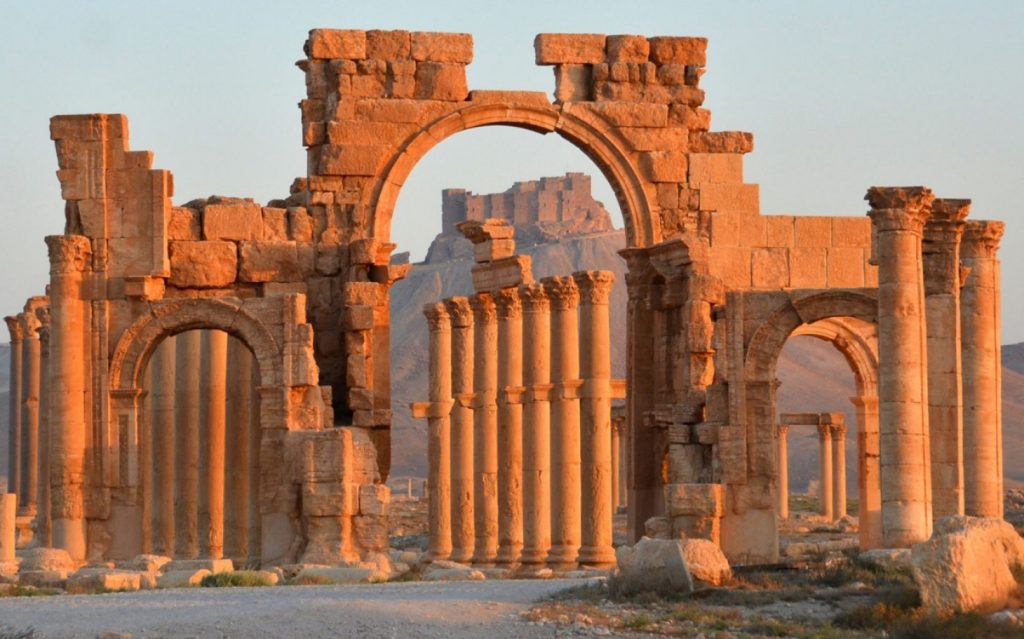
- Ancient City of Aleppo (1986)
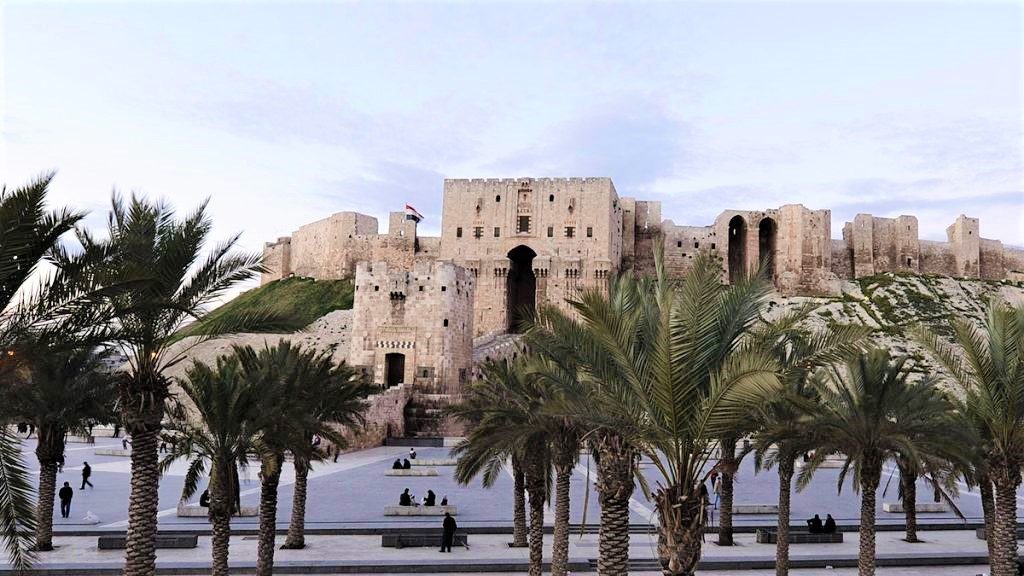
- Crac des Chevaliers and Qal’at Salah El-Din (2006)
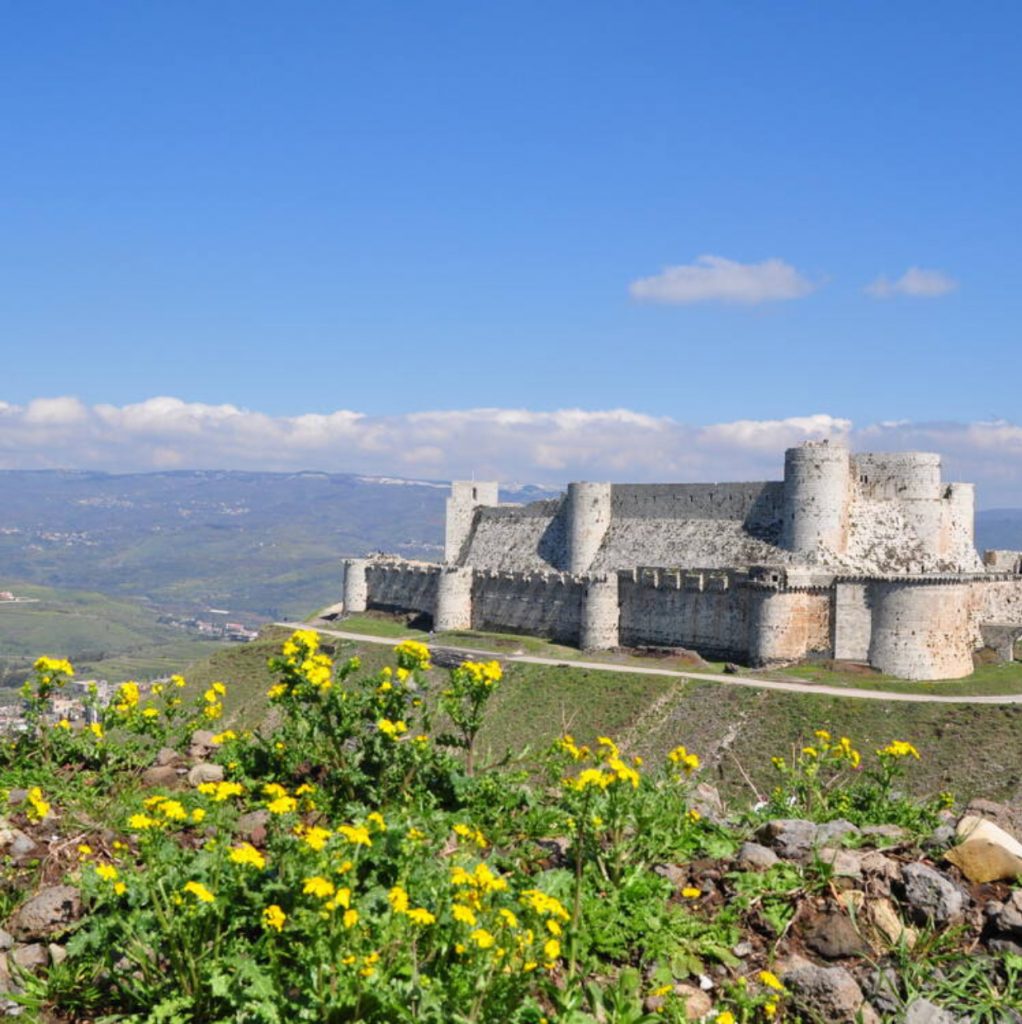
- Ancient Villages of Northern Syria (2011)
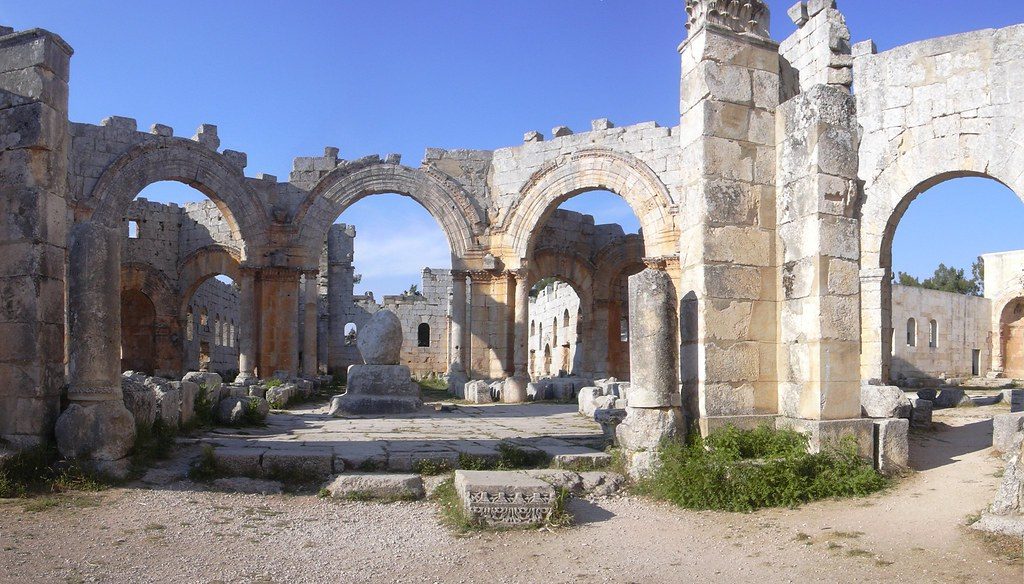
The friendly and generous people of Syria, and family tradition-based culture
Syrians are known for their friendliness. When you talk to a Syrian, they will always start by welcoming you with a smile, especially when talking to people from other countries. They will offer help when needed, and even walk with visitors to guide them to places they want to visit. At food stores, Syrians might give visitors a bite of sweets or something else to try, which they will insist you try, even if you don’t end up buying any.
Family is the most essential element in Syrian culture; families still gather frequently almost every week. Obedience to parents, respecting elderly people and assisting people in need are core inherited values from the old Syrian civilizations and Islam.
Although Syrian people are suffering today economically from the sanctions imposed by some countries and from terrorism, they still hold on to their traditions. Today, Syria is receiving more and more visitors from other countries in major cities like Damascus, Aleppo, Homes and Latakia, as safety has returned to these areas.
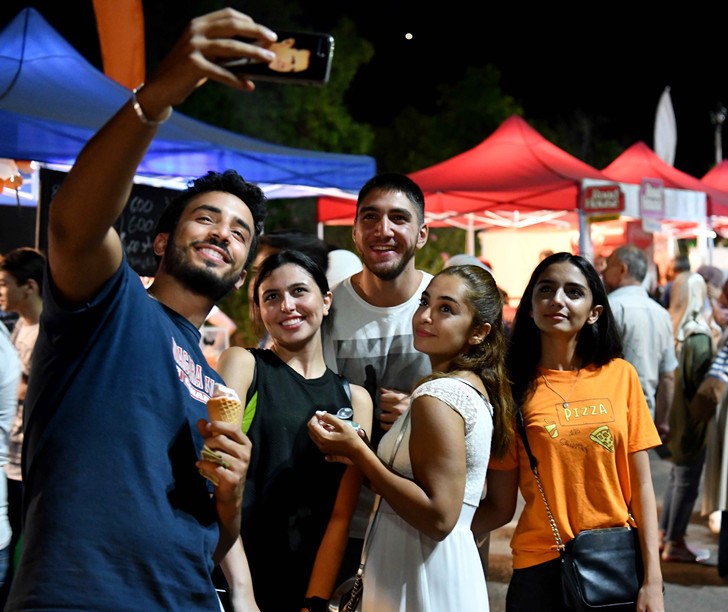
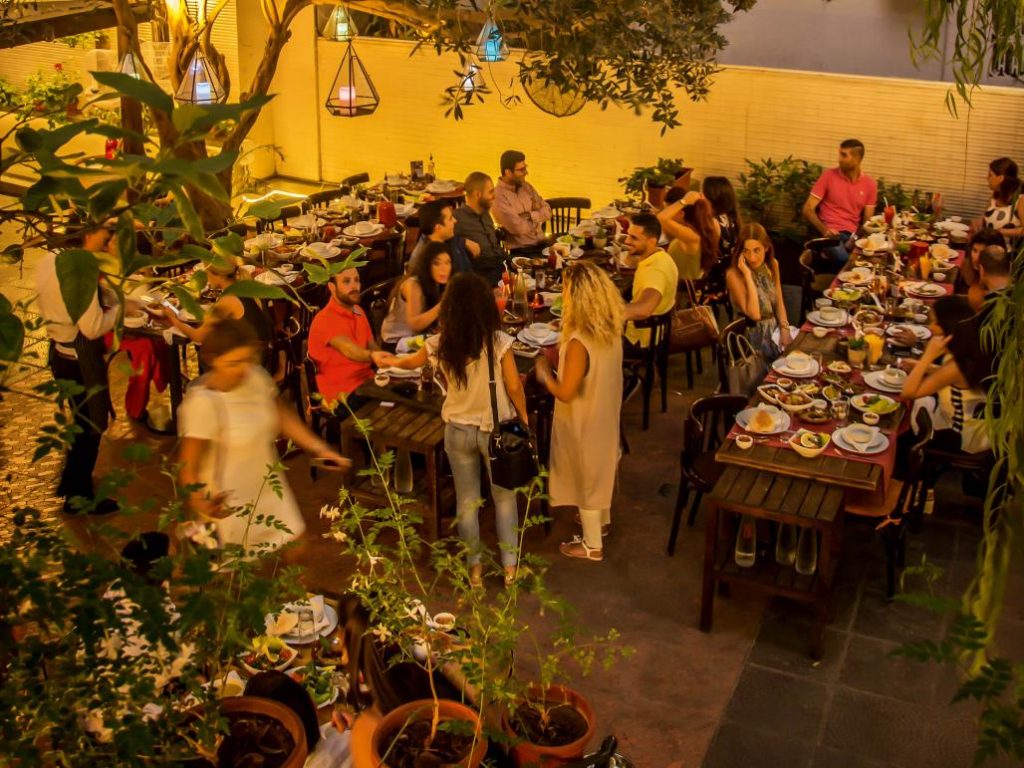
Cuisine and sweets from Syria, a gourmet paradise
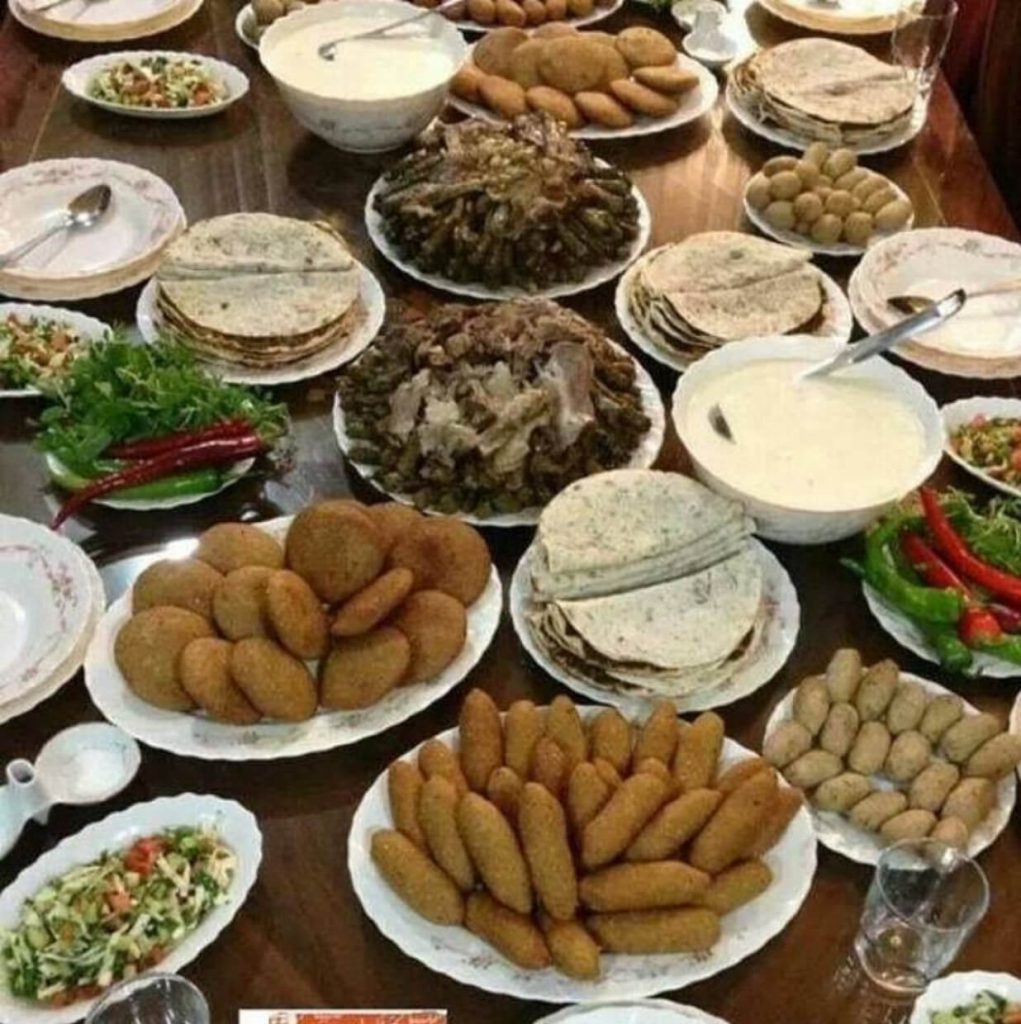 Syria is known as a Middle Eastern gourmet paradise. The cuisine in Syria is considered the origin of Middle Eastern cuisine in general, and it has influenced both Mediterranean and Mesopotamian cuisine. The cooking traditions and practices in Syria developed through merging the habits of people who settled in Syria throughout its history. Let’s explore its rich culinary culture through some iconic Syrian dishes.
Syria is known as a Middle Eastern gourmet paradise. The cuisine in Syria is considered the origin of Middle Eastern cuisine in general, and it has influenced both Mediterranean and Mesopotamian cuisine. The cooking traditions and practices in Syria developed through merging the habits of people who settled in Syria throughout its history. Let’s explore its rich culinary culture through some iconic Syrian dishes.
Starters (Mezze) including many dishes that are presented to share
Famous dishes from Syria include hummus (made from chickpeas), mutabal (made from eggplant), muhammara (made from grilled red pepper), tabbouleh (made from finely chopped parsley), yalanji (made from stuffed grape leaves), fatayer (made from dough stuffed with meat or vegetables), mamounieh (semolina with sugar) and fatteh (bread in tahini sauce).
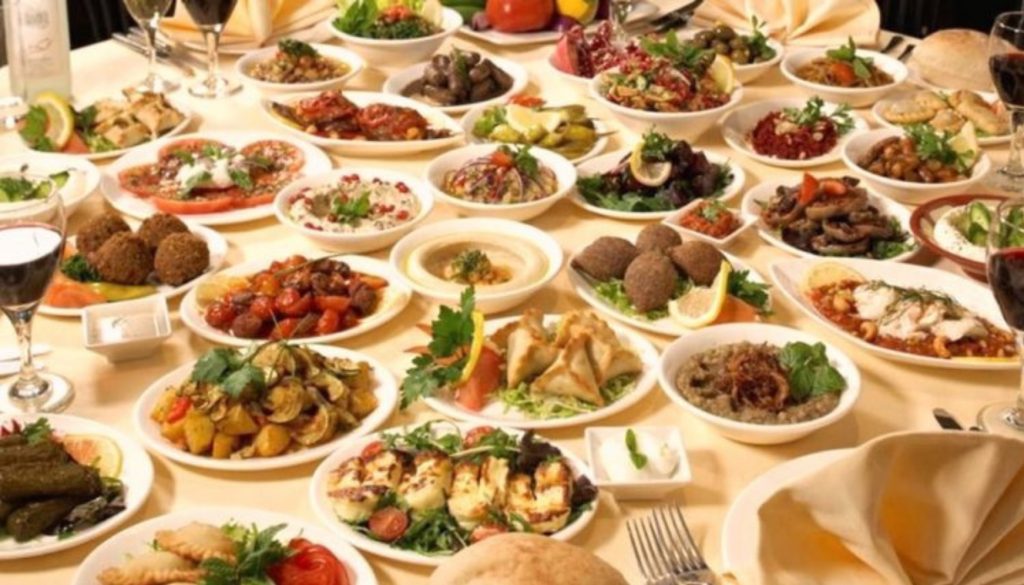
Yabraq
Grape leaves stuffed with rice and meat, boiled in lemon juice with garlic and served alongside a leg of lamb, and served as a main dish. They take quite some time to prepare, but will be eaten up in no time. Once you take a bite of yabraq, you can’t stop until the whole plate is gone!
Shawarma
Shawarma is prepared from thin cuts of seasoned and marinated lamb, beef or chicken stacked on a skewer about 120 cm high. Pieces of fat are added to the stack to provide extra juiciness and flavor. A motorized spit slowly turns the stack of meat in front of an electric or gas-fired heating element, continuously roasting the outer layer. Shavings are cut off for serving, customarily with a long, flat knife. Spices may include cumin, cardamom, cinnamon, turmeric or paprika. Shawarma is commonly served as a sandwich or wrap, in a flatbread such as pita with garlic or tahini sauce, fries and pickles. Shawarma was invented in Damascus 120 years ago, and it is different from the doner kebab of Turkey or the gyro of Greece.
Kibbeh: Comfort food
Kibbeh is a family of dishes that originated in Syria and spread to surrounding nations. Kibbeh is usually made by pounding bulgur wheat together with meat into a fine paste and forming it into balls with toasted pine nuts or walnuts and spices. Kibbeh may also be layered and cooked on a tray, deep-fried, grilled, cooked with different types of juice like pomegranate, or served raw. There are 90 types of kibbeh known in Syria.
Relatives and neighbors sometimes gather and work together to make hundreds of kibbeh at once! They can be served with starters or as a main dish, and are particularly popular around holidays.
Lovely Syrian sweets
As a nation of many sweets lovers, Syria has many special desserts. For example, maamoul is a baked confection loved for its charming appearance and simple flavor. Maamoul are made by mixing nuts into wheat or Semolina dough, filling the dough balls with date paste, pistachios and walnuts and baking them.
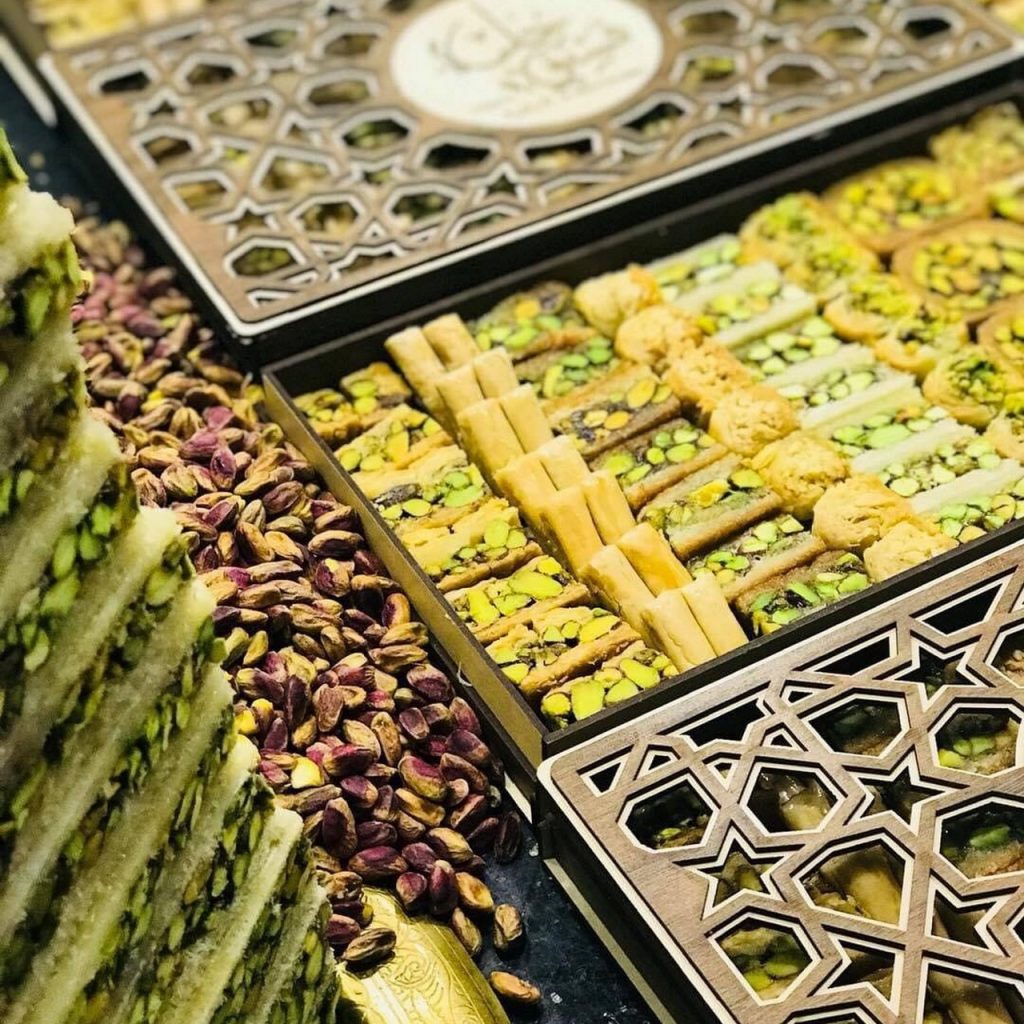 |
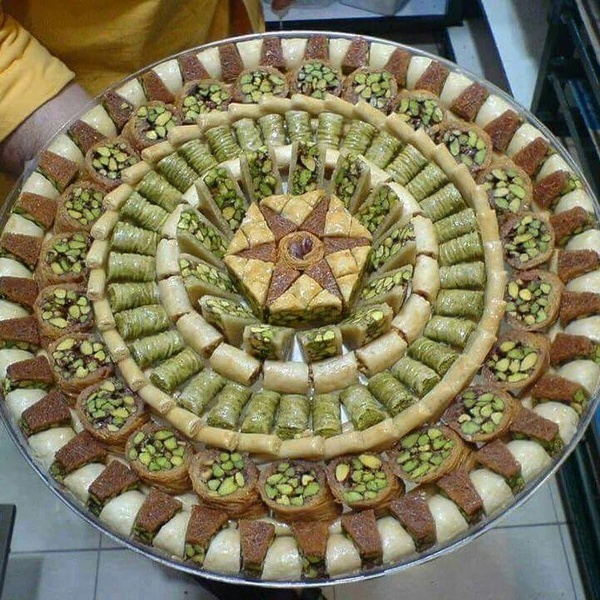 |
Syria is the world’s leading producer of pistachios, and Syrian pistachio sweets are also famous. Baklava is a traditional dessert with a crispy, flaky texture and lingering natural sweetness. It’s made with a flaky crust with many layers of chopped walnuts or pistachios, and topped with sweet syrup.
Traditional Syrian handicrafts
Many different forms of culture have developed over Syria’s millennia-long history. We’d like to feature a few examples of traditional Syrian handicrafts and music on today’s journey.
Damascene marquetry
Marquetry work developed in Damascus is known for elaborate craftsmanship and high-quality materials. It is one of the most well-known aspects of Syrian culture. Some legends hold that Damascene marquetry traveled along the Silk Road all the way to Asia, where it became the roots of Hakone yosegi zaiku marquetry in Japan.
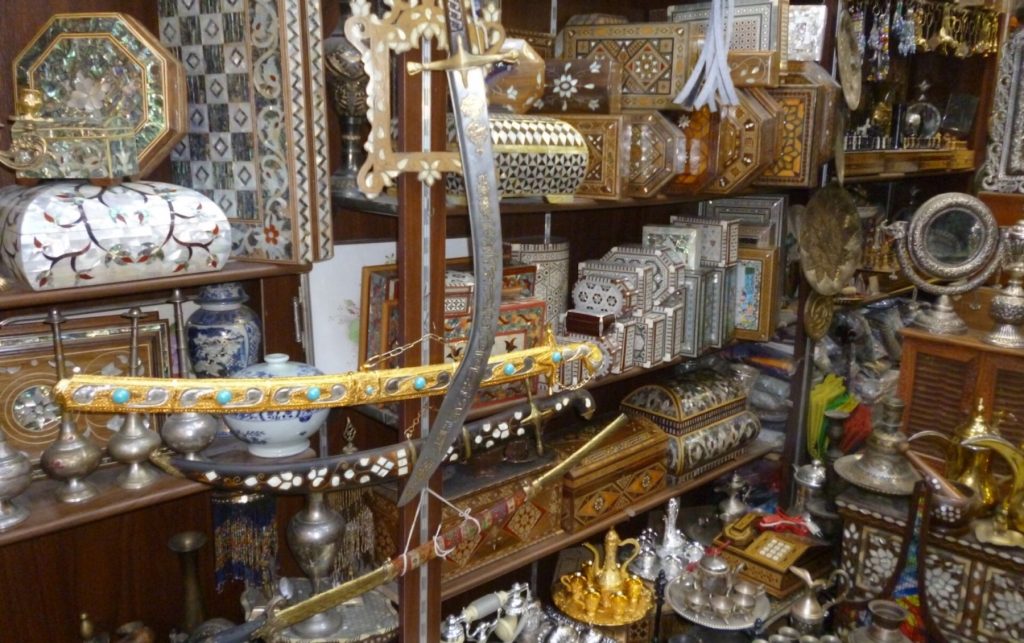
Savon d’alep (Aleppo soap)
Aleppo soap is a handmade bar soap associated with the city of Aleppo, Syria. Aleppo soap is classified as Castile soap, as it is a hard soap made from olive oil and lye, and it is further distinguished by the inclusion of laurel oil. The origin of Aleppo soap is unknown. It has many claims of use since antiquity, including use by Queen Cleopatra of Egypt and Queen Zenobia of Syria.
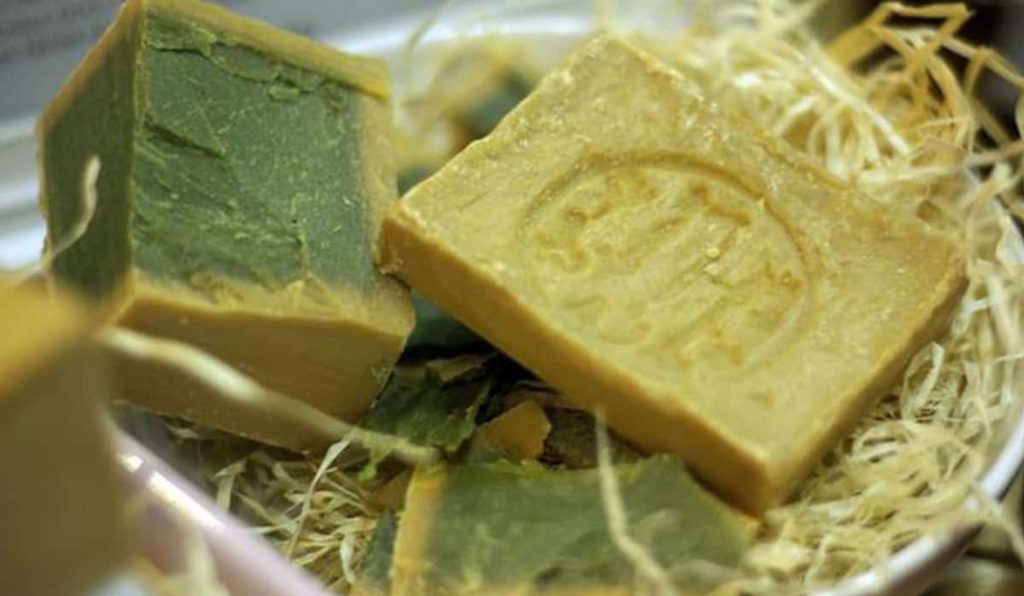
Brocade
Brocade (damask) is a class of richly decorative shuttle-woven fabrics, made for kings and emperors, often including colored silks and sometimes with gold and silver threads. The late Queen Elizabeth’s famed wedding dress, featuring a drawing of two love birds kissing, was made using brocade fabric imported from Damascus. The similarity of brocade with Japanese silk in type and design suggested that it traveled through the Silk Road. More research is needed to discover where it originated from.
The Arabic language as a bridge between Japan and Syria
The Arabic language has attracted more Japanese young people throughout the last few decades, and many of them have studied in Syria. There are many departments at Japanese universities teaching the Arabic language for hundreds of Japanese students.
As Syria is known in the Arabic world as a leading country in preserving the Arabic language, including Arabic poetry that is full of love and sensation, a competition was organized last year for Japanese students reading Syrian poetry. Below, please watch an example of Syrian poetry as recited by one of these remarkable students.
Music in Syria
Syria came to know music with the first human gathering, as music emerged alongside humanity. Ancient civilizations in Syria developed music rhythm and instruments, including in the city-state of Mary, the kingdom of Ebla and others. The statue of Ur-Nanshe (also called Ornina), a singer of Ishtar’s temple in the kingdom of Mari (2900 BCE), and the clay tablets excavated from the ancient Amorite-Canaanite city of Ugarit, a headland in northern Syria, which date to approximately 1400 BCE – the oldest complete recorded song in the world – are both displayed at the National Museum of Syria.
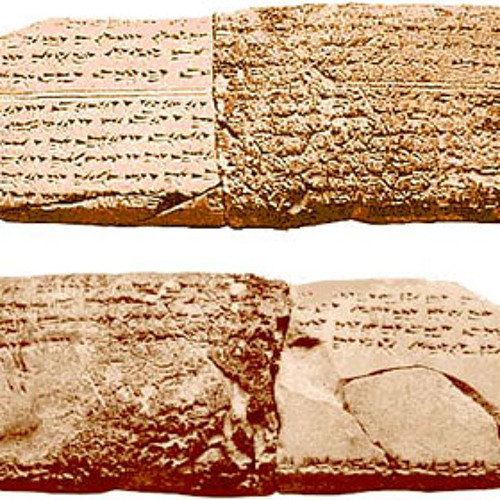 |
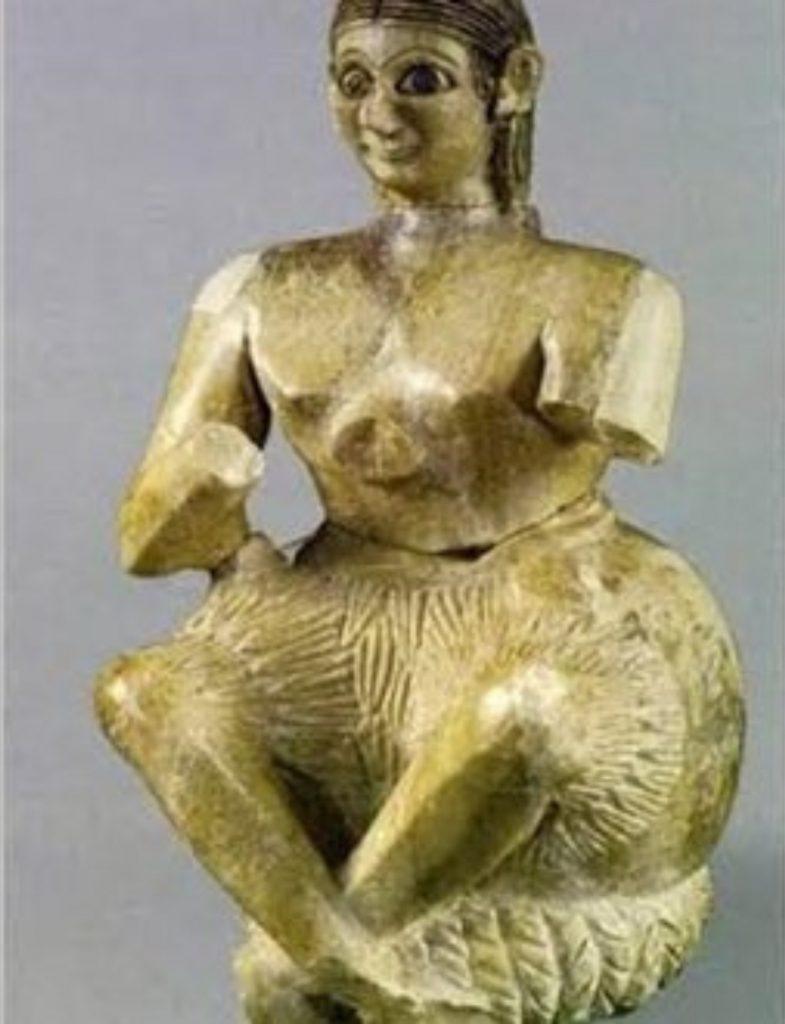 |
You can listen to a glimpse of music in Syria and see a performance of the oldest known music in history via the link below (a fascinating introduction before the song starts at 4:45 in the video):
Traditional Syrian instruments
Syria has many traditional instruments, and the Min-On Music Museum has examples of some of these instruments in its collection.
| Oud
|
The oud is a traditional, lute-type instrument played in Syria. It consists of a pear-shaped sound box made of walnut, rose, poplar, ebony or apricot wood allowing it to resonate beautifully and produce rich tones. Crafting an oud takes up to twenty-five days, during which the wood is left to dry and harden before being treated with water and steam for fifteen days to increase durability. The crafting and playing of the Oud was registered by UNESCO in 2022 on the Representative List of the Intangible Cultural Heritage of Humanity in both Syria and Iran. |
| Qanoon
|
A traditional Arabic stringed instrument featuring a large number of strings stretched over a trapezoidal box. The qanoon traces one origin story to a stringed instrument invented in the nineteenth century BC in the Assyrian Empire that spread through Syria and Mesopotamia. This instrument may have inspired the development of the gu zheng in China and the koto in Japan. |
| Dbakeh
|
An Arabic drum with a single drumhead made of animal hide. Derbakeh have been around for thousands of years and were used in Mesopotamian, Levant and Ancient Egyptian cultures. |
In closing, we’d like to feature some performances played on traditional instruments and a sampler of Syrian folk dances, including «Sword Dance,» «Oh, Lovers» and «Dabke» from the «A Musical Voyage along the Silk Road» concert hosted by Min-On in 1995.
Musicians recommended by the Embassy of the Syrian Arab Republic in Japan
In closing, we would like to introduce musicians recommended by the Embassy of the Syrian Arab Republic in Japan.
1. Nahawand improvisation from Bahr 2021 – Kenan Adnawi
2. Syrian Heritage musical tracks – Tanaghum Chorale
3. Chaãm – Lena Chamamyan
What did you think of your music journey to Syria? There are still many more places to go! Please look forward to our next destination.
(Produced in collaboration with the Embassy of the Syrian Arab Republic in Japan, who also provided photos.)
Min-On Concert Association
-Music Binds Our Hearts-


